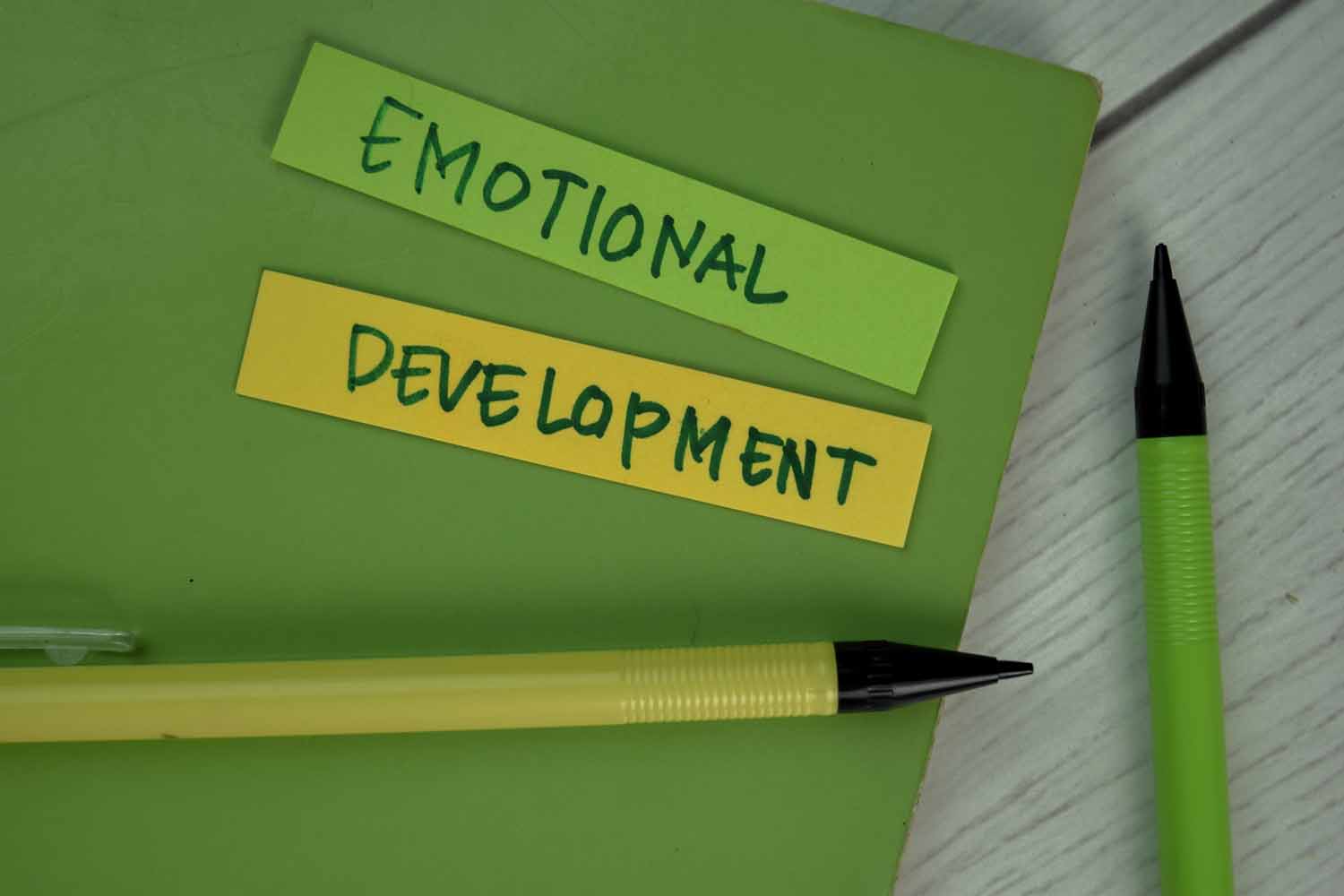Curriculum Overload? How Mindfulness Can Move Beyond Being Just Another Task on Your List
As an administrator, you may have worries about how a new school-based mindfulness program will be received by both teachers and students. The curriculum might already feel full to the brim. How will you be able to add yet another task on your teachers’ list?
You might know about the extensive and research-based benefits of mindfulness for your schools – but you’re worried about how your teachers will have the time. Luckily, mindfulness doesn’t need to be a time-consuming chore for your teachers or for your students. Calm Classroom gives you access to quick, easy, 3-minute mindfulness activities that can be pulled out at any time during the school day.
Here’s how you can contribute to your schools’ SEL skills while not contributing to curriculum overload.
What is Curriculum Overload, and What Are Its Effects on Teachers?
Curriculum overload, also known as curriculum overcrowding, is a term to describe what happens when a curriculum is so full that there seems to not be enough time to teach it all. Some curricula are overcrowded to begin with. Other times, curriculum overload can happen because too much priority is given to certain topics.
Often, what happens is that new subjects are introduced in response to our changing world. For example, we started teaching computer skills in the 1990s when personal computers started becoming more common. More recently, we have learned how important SEL is for children’s development, so we have included it as an important subject in school curriculum.
In itself, this is a positive thing. It’s important to consider children’s needs and respond to new societal demands.
The problem is that often, these new curriculum items are added without proper consideration about what needs to be taken out of the existing curriculum to make room for these new skills. This is referred to in the research as curriculum expansion.
The time teachers and students have during the school day is limited. Curriculum overload can make teachers feel an immense amount of pressure to simply get through everything they’re required to. It can also result in students getting a surface-level education across many different topics, but no opportunities to deep-dive into any one topic.
It’s important to note that curriculum overload is not the only thing contributing to the immense amount of stress and pressure that teachers face today. Many factors, like district policies, social support, and pay structure can add to teachers’ stress as well. But when teachers feel like they’re required to teach more and more in the same amount of time, this can quickly lead to burnout.
How this Impacts Mindfulness and SEL

Unfortunately, this often has an impact on SEL lessons. Even if you’ve been careful about curriculum overload, research shows that perceived overload can happen – which means that teachers and students can feel like there’s too much going on in their days. They may feel like there’s not enough time for SEL.
For some of your teachers, this might mean that there is a general reluctance to implement new programs like school-based mindfulness.
But the benefits of mindfulness are profound. Mindfulness isn’t just another task that teachers are required to fit into their days; it’s a powerful tool that can transform mental and physical health, behaviors and learning attitudes, community, and interpersonal relationships at your schools.
Instead of framing a new mindfulness program as yet another new required element of teachers’ curriculum, frame it as a tool that they can use in the moments when they’re needed. In this way, mindfulness is more like a coping skill, health intervention, or self-care technique. All students, teachers, and other staff can practice it at any time to reduce stress and anxiety, increase self-awareness, and improve their overall well-being.
Calm Classroom’s research-based mindfulness program makes it as simple as possible for your teachers to pull out a mindfulness activity whenever it’s needed. Exercises are only around 3 minutes long, and anyone can teach and practice them – even if they’ve had no prior experience with mindfulness or meditation.
We’re here to support your teachers – not to overload them more. Get in touch with us today to learn more about our training options.





SIGN UP FOR OUR NEWSLETTER